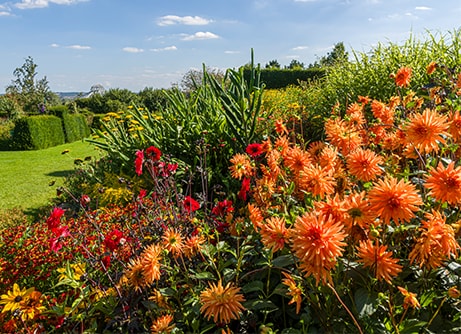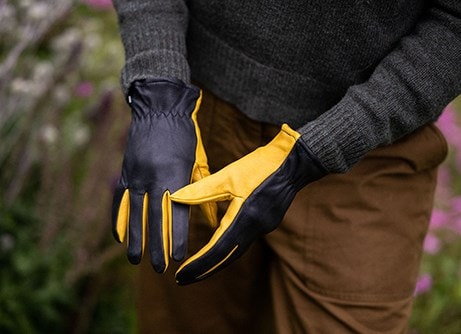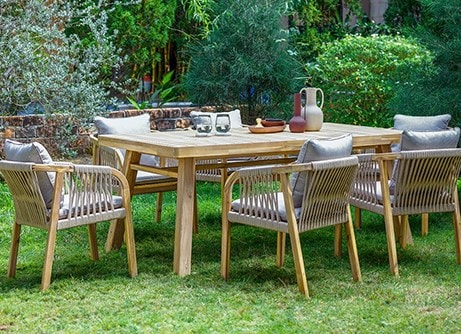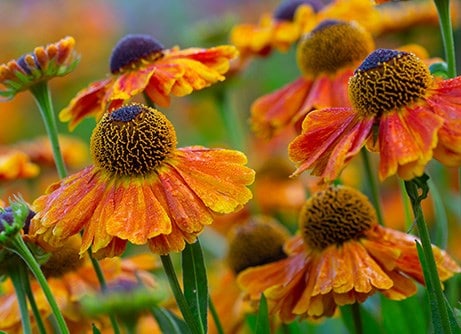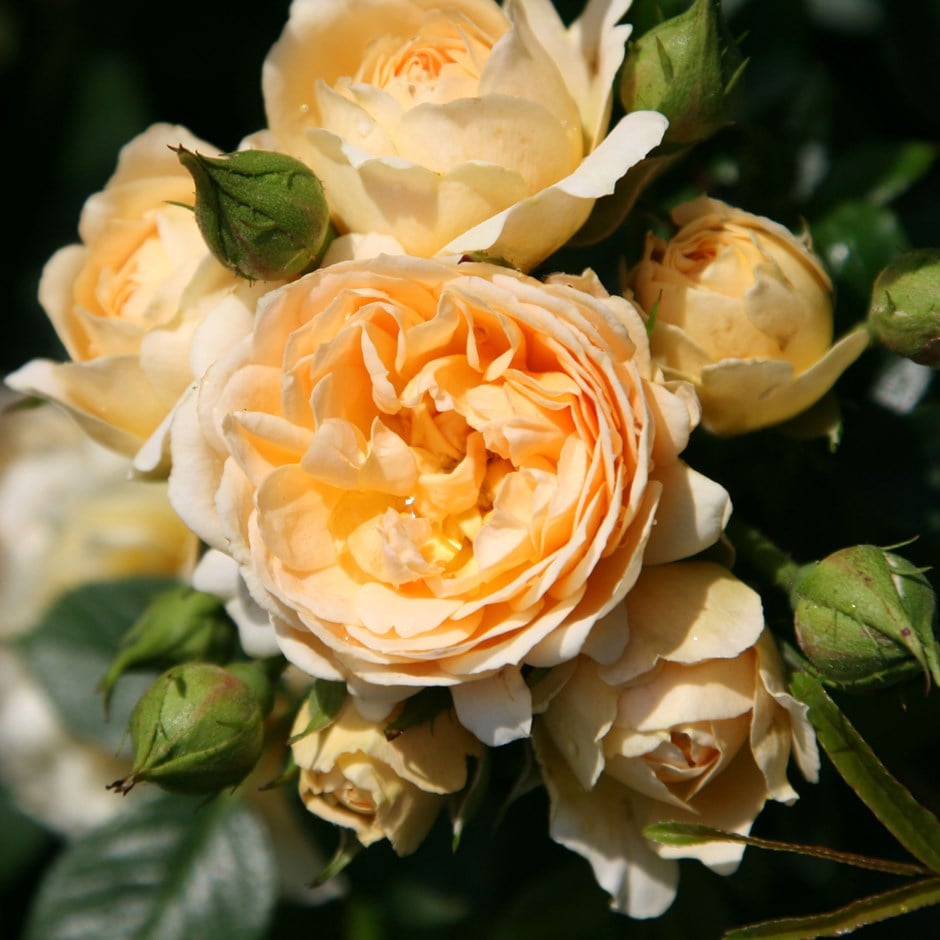
Clusters of small, creamy-yellow flowers typically appear over several months, topping the glossy, mid-green foliage of this patio rose. Its compact size makes it ideal for smaller spaces, and it will happily flourish in a pot on a sunny balcony or terrace - provided it is kept well fed and watered! Alternatively, use it to fill gaps at the front of the border, or line it up along the edges of a pathway for summer-long colour.
All our roses are grown in an open field and then dug up when the weather conditions are right in October or November. They will already have been cut back so no further pruning will be required, apart from snipping off any tips that have died back. Routine pruning can begin in late winter the year after planting.
All our roses are grown in an open field and then dug up when the weather conditions are right in October or November. They will already have been cut back so no further pruning will be required, apart from snipping off any tips that have died back. Routine pruning can begin in late winter the year after planting.
How to care for Rosa Happy Birthday:
If planting in winter, choose a frost-free spell when the soil is not frozen. Roses are quite deep-rooted plants so dig a deep hole roughly twice as wide as the plant's roots and mix in a generous amount of composted organic matter. A top-dressing of a general purpose fertiliser can be worked into the surrounding soil and we also recommend using Rose Rootgrow at this stage to encourage better root development. This is particularly important when planting into a bed where roses have previously been grown as Rose Rootgrow is said to combat rose sickness (aka replant disease).
Gently spread out the roots before placing them in the centre of the hole. Try to ensure that the 'bud union' (the point where the cultivated rose has been grafted onto the rootstock, and from where the shoots emerge) is at soil level. You can judge this quite easily by laying something flat, like a spade handle or bamboo cane, across the top of the hole. When they are at the right height, back-fill the hole, firming the soil down gently before watering the plant well.
Water generously until well established, and apply a specialist rose fertiliser (following the manufacturer's instructions) each spring. They will also benefit from a generous mulch of composted farmyard manure in spring, but make sure this is kept away from the stems.
While wearing tough gloves, prune in late winter or early spring, removing any dead, damaged or weak-looking stems completely. The younger stems tend to produce the best flowers, so if the plant is becoming congested, cut one or two of the older stems right back to their base, which will also help open up the centre of the plant. Then cut back the most vigorous stems to within 25-30cm from the base, and the thinner stems back a little harder.
Gently spread out the roots before placing them in the centre of the hole. Try to ensure that the 'bud union' (the point where the cultivated rose has been grafted onto the rootstock, and from where the shoots emerge) is at soil level. You can judge this quite easily by laying something flat, like a spade handle or bamboo cane, across the top of the hole. When they are at the right height, back-fill the hole, firming the soil down gently before watering the plant well.
Water generously until well established, and apply a specialist rose fertiliser (following the manufacturer's instructions) each spring. They will also benefit from a generous mulch of composted farmyard manure in spring, but make sure this is kept away from the stems.
While wearing tough gloves, prune in late winter or early spring, removing any dead, damaged or weak-looking stems completely. The younger stems tend to produce the best flowers, so if the plant is becoming congested, cut one or two of the older stems right back to their base, which will also help open up the centre of the plant. Then cut back the most vigorous stems to within 25-30cm from the base, and the thinner stems back a little harder.
Flowering period:
- Jan
- Feb
- Mar
- Apr
- May
- Jun
- Jul
- Aug
- Sep
- Oct
- Nov
- Dec
Eventual height:
0.45m
Eventual spread:
0.45m
Position:
Full sun
Rate of growth:
Average
Soil:
Moderately fertile, moist but well-drained soil, or peat-free general purpose compost
Hardiness:
Fully hardy
-
This rose is deciduous so it will lose all its leaves in autumn, then fresh new foliage appears again each spring.
-
Humans/Pets: Fruit are ornamental - not to be eaten
Product options

4 litre pot
was £26.99
now £18.89
available to order from autumn
Unavailable
1
Delivery options (pick your preferred option at checkout)
Standard Delivery£5.99
Goes well with
Lavandula × intermedia 'Grosso'
lavender
From £7.99
View options
| 2 litre pot | £14.39 |
|
| 9cm pot | £7.99 |
|
| 3 × 9cm pots | £19.99 |
|
| 6 × 9cm pots | £32.99 |
|
View details

